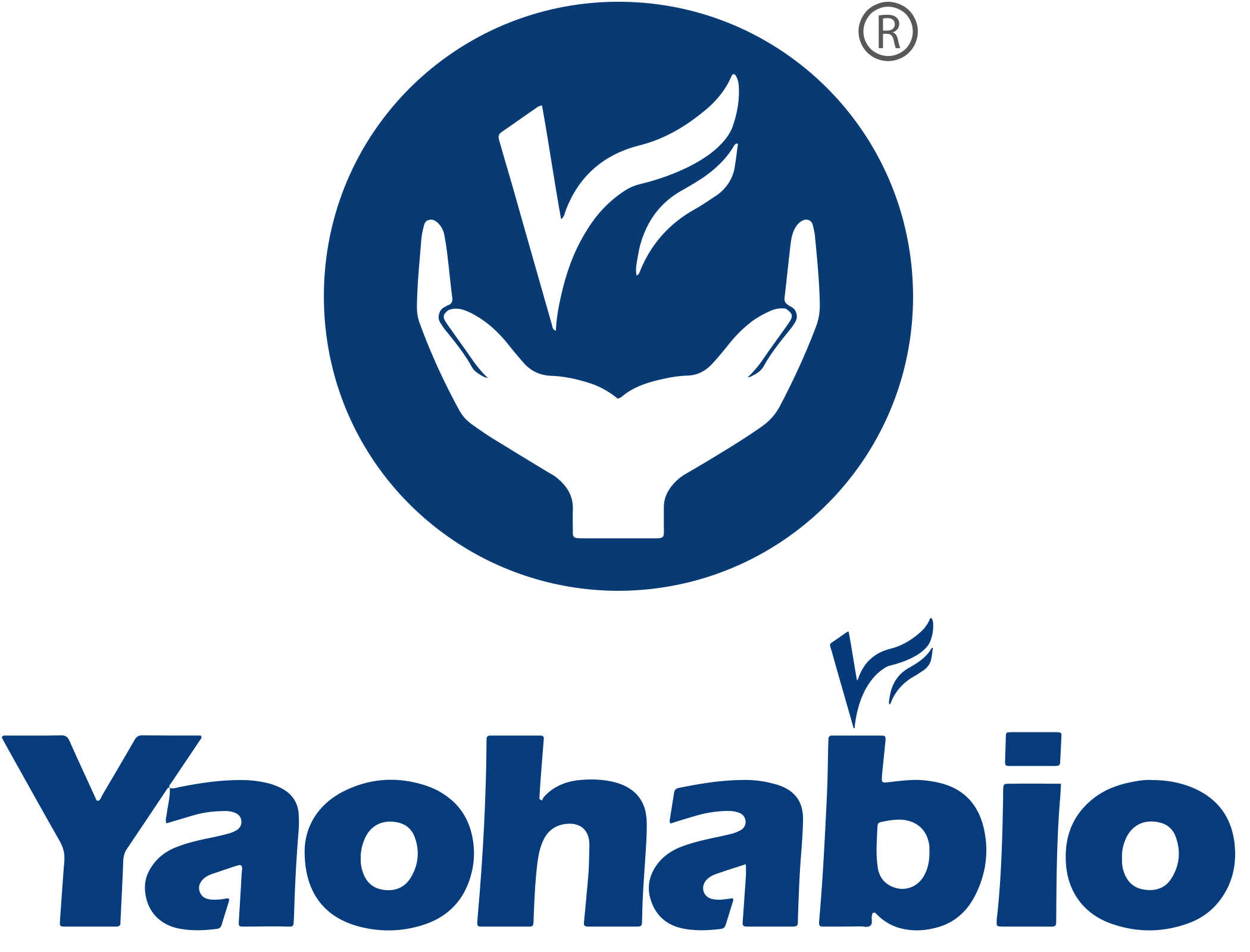Molecular Weight Determination by LC-MS
The intact molecular weight has always been recognized as an important characteristic of biologics. Intact molecular weight analysis is used to demonstrate the protein/peptide products and verify the biologics. Measuring molecule weight is a requirement of the regulatory guidelines.
Yaohai Bio-Pharma offers intact molecular weight analysis under native, reduced, N-deglycosylated conditions. We employ Liquid Chromatography-Mass Spectrometry (LC-MS) to determine the intact molecular weight.
Regulatory Requirements for Molecular Weight
It is recommended in the ICH Q6 that “molecular weight (or size) is determined using size exclusion chromatography, SDS-polyacrylamide gel electrophoresis (under reducing and non-reducing conditions), mass-spectrometry (MS), and other appropriate techniques”.
Analytical Methods
| Analysis |
Methods |
| Molecular Weight |
LC-MS / Liquid Chromatography/Electrospray Mass Spectrometry (LC/ES-MS) of native, reduced, N-deglycosylated proteins or subunit |
Analytical Procedures
Intact Molecular Weight:
- Performing LC-MS on the native sample as received.
- LC-MS Data analysis.
Reduced Molecular Weight:
- Treating the protein sample with a suitable reducing agent;
- Performing LC-MS on the reduced protein;
- LC-MS Data analysis.
N-deglycosylated Molecular Weight:
- Removing the N-glycans with a suitable enzyme;
- Performing LC-MS on the N-deglycosylated protein;
- LC-MS Data analysis.
Reduced and N-deglycosylated Molecular Weight:
- Treating the protein sample with a suitable reducing agent;
- Removing the N-glycans with a suitable enzyme;
- Performing LC -MS on Reduced and N-deglycosylated protein;
- LC-MS Data analysis.
Protein Subunit Molecular Weight:
- Subunit Cleavage
- Performing LC-MS on Protein Subunit
- LC-MS Data Analysis

 EN
EN
 AR
AR
 HR
HR
 CS
CS
 DA
DA
 NL
NL
 FI
FI
 FR
FR
 DE
DE
 EL
EL
 IT
IT
 JA
JA
 KO
KO
 NO
NO
 PL
PL
 PT
PT
 RO
RO
 RU
RU
 ES
ES
 SV
SV
 IW
IW
 ID
ID
 LV
LV
 LT
LT
 SR
SR
 SK
SK
 SL
SL
 UK
UK
 VI
VI
 ET
ET
 HU
HU
 TH
TH
 TR
TR
 FA
FA
 AF
AF
 MS
MS
 BE
BE
 MK
MK
 UR
UR
 BN
BN

